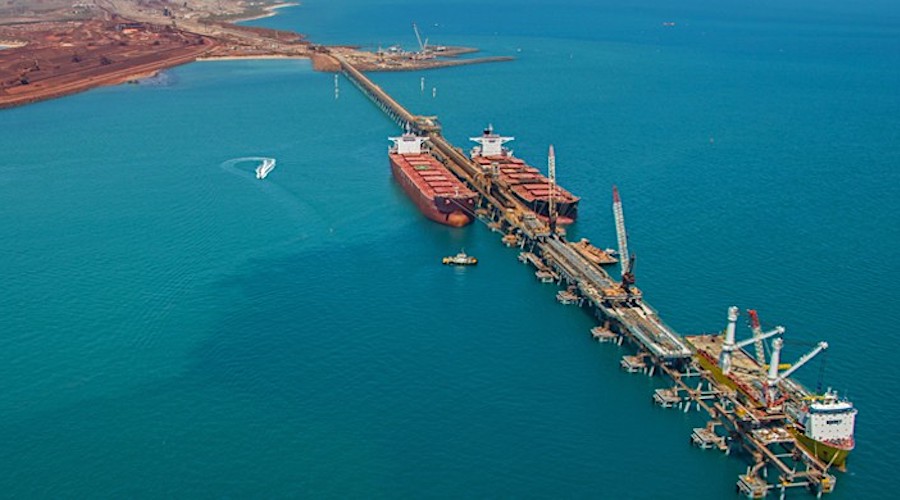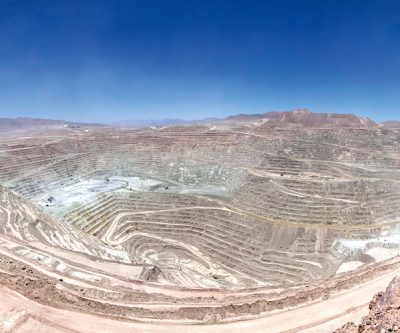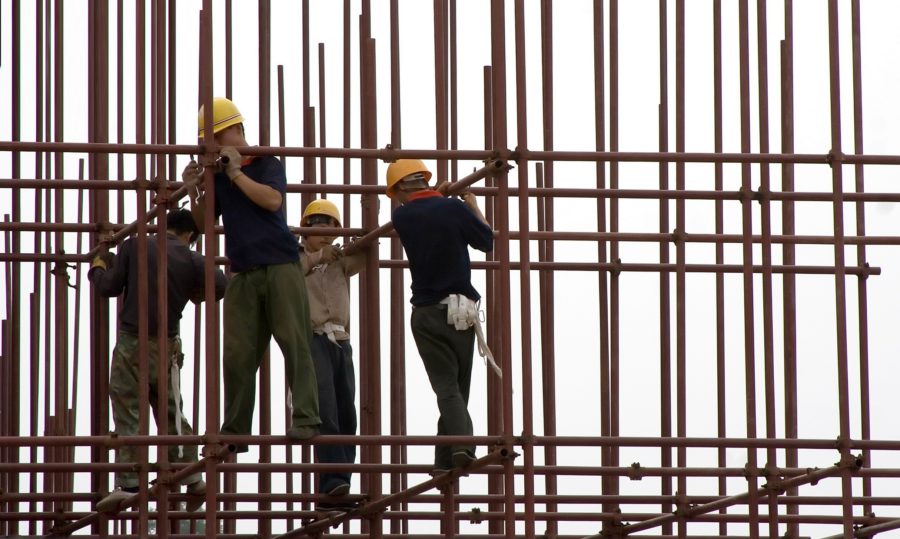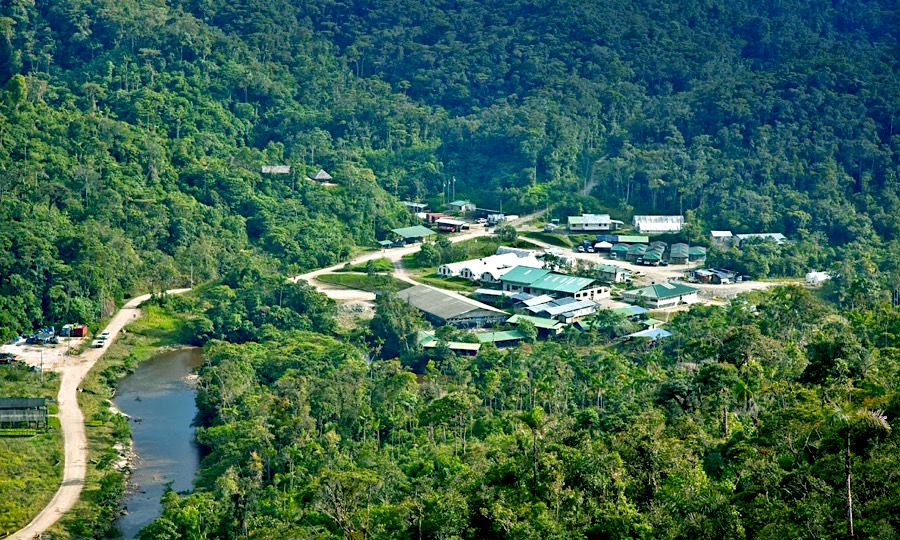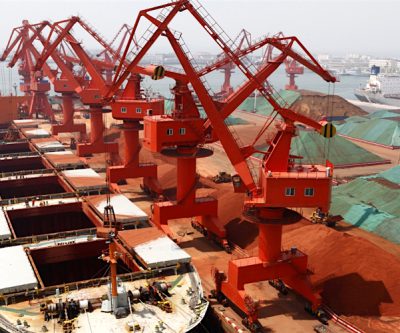The seaborne market has been roiled this year after top producer Vale suffered a dam breach in January, spurring mine suspensions and concerns there’ll be a shortage. The catastrophe drew increased scrutiny on mining practices from the authorities, with the nation’s regulator now ordering 56 tailings dams to be closed. Iron ore’s rally has been given an additional boost as a cyclone in Australia disrupted flows from Rio Tinto Group and BHP Group.
“There’s no doubt that events in Australia have a short-term impact as, after all, supply has dropped,” CRU Group analyst Richard Lu said via WeChat. “However, in the long term, the market is still preoccupied with whether Vale can restart operations,” said Lu, adding that mills in China aren’t yet worried about supply and are unlikely to buy cargoes at elevated prices.
Still, the dislocation is showing up in export figures and pummeling freight rates. Shipments from Brazil sank to 22.18 million tons in March, the lowest for that month in more than a decade. The Baltic Exchange Capesize Index has lost 95 percent since Jan. 24, the day before the dam disaster.

In Brazil, 39 of the 56 dams ordered to close lacked documentation attesting to their stability, while 17 were judged to be unstable, according to Eduardo Leao, director at country’s National Mining Agency. Twenty are owned by Vale.
In Australia, both Rio and rival BHP have said the cyclone will crimp output, with Macquarie Group Ltd. estimating the latter is likely to miss production guidance. Shipments from Australia sank more than 70 percent in the week to March 29 as the cyclone struck, Global Ports data in AHOY show.
The benchmark price traded 3.7 percent higher at $91 in Singapore, following a three-day, 7.3 percent advance. Spot ore gained 2.8 percent to $92.65 a ton, the highest since February 2017, according to Mysteel.com. Miners’ shares rallied again in Sydney, with BHP, Rio and Fortescue Metals Group Ltd. all gaining.
UBS Group AG expects iron ore prices to moderate in the medium-term as supply recovers, and scrap consumption in China rises, it said in a report emailed Wednesday. It forecasts a price of $83 a ton this year.
Barclays sees iron ore averaging $75 this year, up from its previous outlook of $69, as the market flips to a 31 million ton deficit, analyst Ian Littlewood wrote in a note. “Iron ore has enjoyed a stellar start to the year, buoyed by supply disruptions,” Littlewood said. “Higher prices are now justified.”

